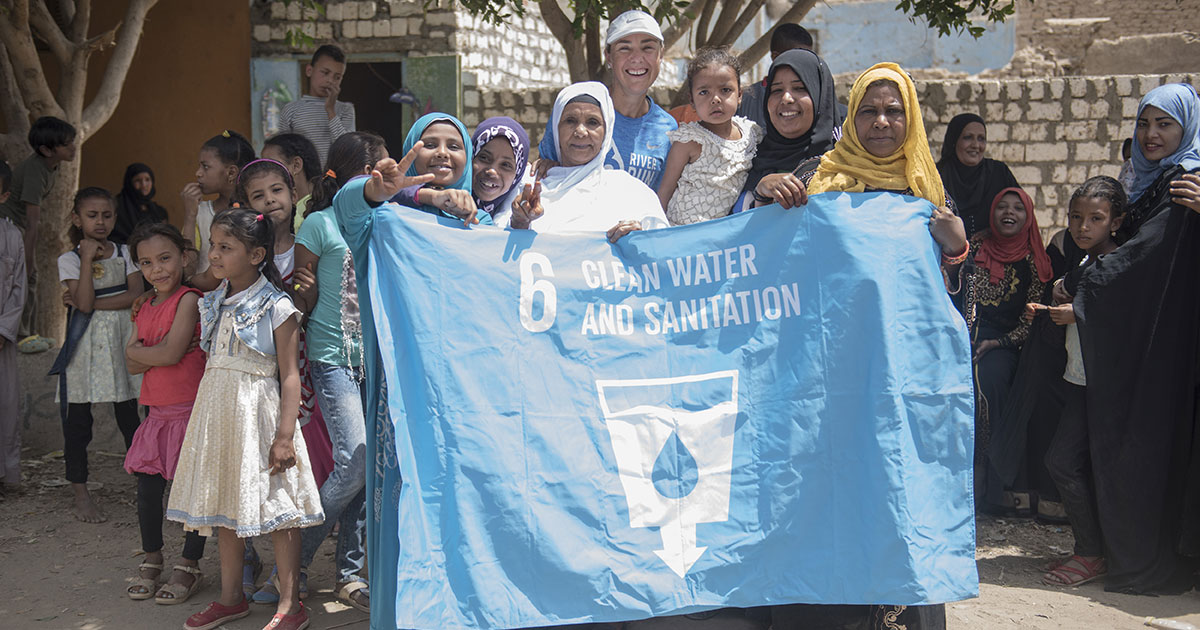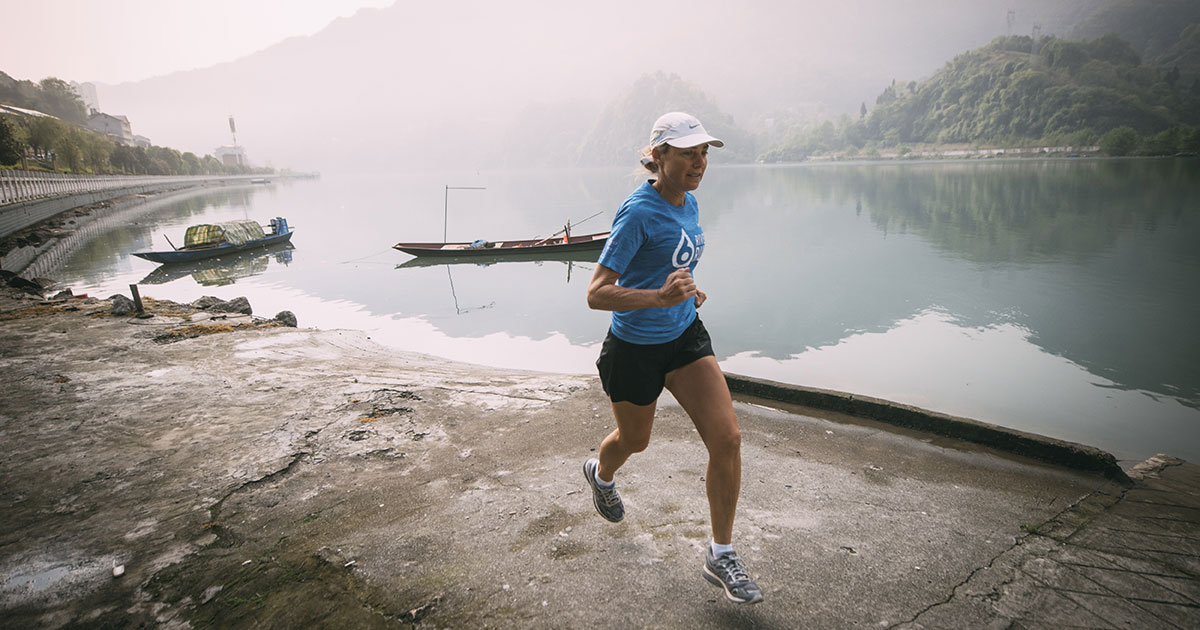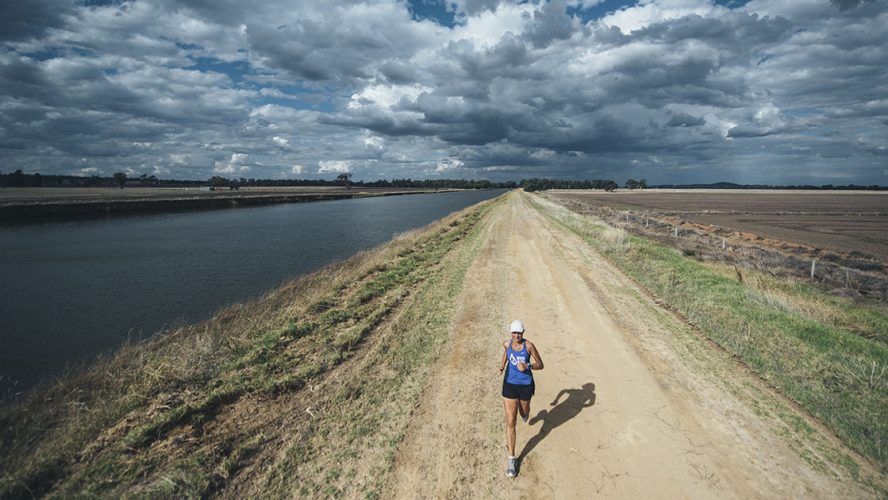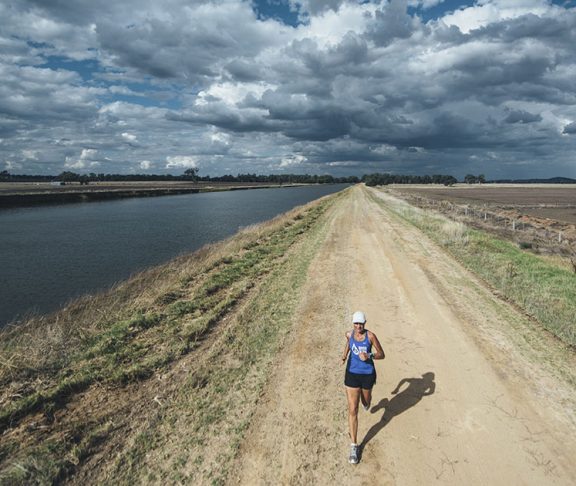What inspired you to become a water activist?
I grew up in Australia through 10 years of drought. I thought I was doing all I could to save water until a couple of years ago when I learned that the water I thought I had been saving was only a very small part of my global water footprint, and that the vast majority of my water footprint was attributed to the things I ate, wore and used. I was horrified that I didn’t know this, and at the impact my water use was having on people and places around the globe. I knew then that I had to act. I left my job in the corporate world and started the non-profit, Thirst.
Since then, I’ve continually been inspired by those who are affected by the water crisis, and those who are working to solve it.
Can you explain the concept of invisible water and the global economy’s impact on the water crisis?
Ninety-five per cent of the water we use is “invisible”— it goes into what we’re using and consuming every day. For example, the clothes we are wearing today took more water to produce than all the water we drank before we were 40.
Water helps power our economies and build our cities. This wouldn’t be a problem if water was plentiful, but it’s not. Experts forecast that in the next 12 years, our demand for water will be 40 percent greater than supply (and the number 40 is why I choose to run marathon distances (42.2km)).
This shortfall in water supply will have significant economic consequences. Less water will mean fewer crops, job losses, and pressure on manufacturing industries to reduce their water withdrawals to preserve supply to cities.
Approximately 2 billion people live in areas with water scarcity. A report by the World Bank found that water scarcity could affect GDP by up to 6 percent in some regions.
Water scarcity is not just a problem for the future – it’s already happening now in places around the world. In 2015, Sao Paolo ran out of water, and the news this year has been filled with the story of Cape Town’s water crisis. The threat is urgent, real and substantial. And it will affect us all.

How did you start Thirst, and what are some of your goals for the organization?
We launched Thirst in 2012 as an initiative of the Young Global Leaders of the World Economic Forum. We wanted to increase global awareness of the water crisis, and had already observed that when people understood their connection to the problem and were given solutions to reduce their water footprint, they immediately put them into action.
We decided to start by focusing on the next generation of consumers in one of the fastest growing consumer economies of the world – China. Since our launch, we have educated more than two million students, had 600,000 students participate in innovation competitions and have reached more than 250 million people with our campaigns.
In the last two years, we have built two global campaigns to bring awareness to the water crisis. These have involved me doing some physical feats I never would have imagined were possible. In 2016, I ran across seven deserts on seven continents in seven weeks, and last year I ran 40 marathons in 40 days on six continents down six of the world’s great rivers to support Sustainable Development Goal 6.
Our goal is for everyone to save water every day — from individual choices to the policies of corporations and governments. We want to make saving water not just the right thing to do, but the only thing to do.
Are you nervous for the race (100 marathons in 100 days!)
Yes, definitely. Not only nervous, but terrified by the enormity of what I’ve committed to do. I never grew up running or being athletic. I have to work incredibly hard to get this done and I run very slowly, so each marathon will take a long time and a lot of pain.
But the thing about big goals like running 100 marathons – or solving our global water crisis – is that they are terrifying. Achieving them takes sacrifice and commitment. For me, running 100 marathons in 100 days is my way of showing what it means to be 100% committed to something.
It’s too easy for us individually, as communities, companies and organizations to find excuses not to make a change. So I’m asking each one of us to think about a commitment we can make – one thing we can do to save water. It can be small – like going vegetarian one day a week or writing a grocery list so we buy only the food we can eat and minimize food waste. Or they can be much bigger like a corporate commitment to reduce global water use. At the end of the day, big or small, every drop counts.

What change in the world regarding water do you want to see?
My dream is a world with enough water for everyone, and where water empowers rather than restricts the dreams of the next generation.
To achieve this, we need to shift our understanding and appreciation of water from something we take for granted to something we value.
This is why the key element of our campaign is to make saving water so popular, so famous that everyone does it. We need it to become a key part of corporate and economic growth, a driver to do things smarter. This is not a campaign about sacrifice, but one that says: we want a better world and a better future for everyone. And the most important part of that is to have the water resources we need not only for our generation, but for all of those to come.
The time to act is now.
Staff, [email protected]

